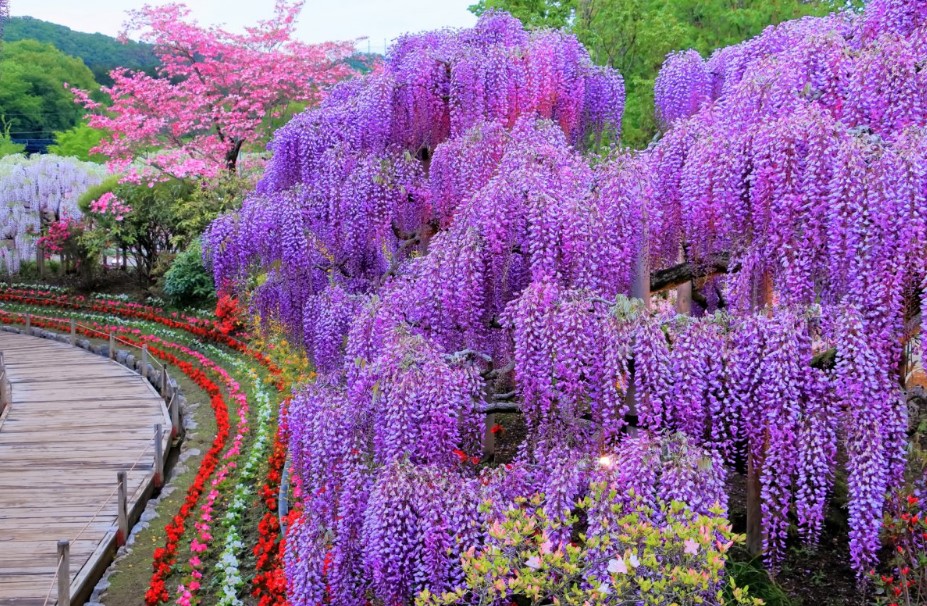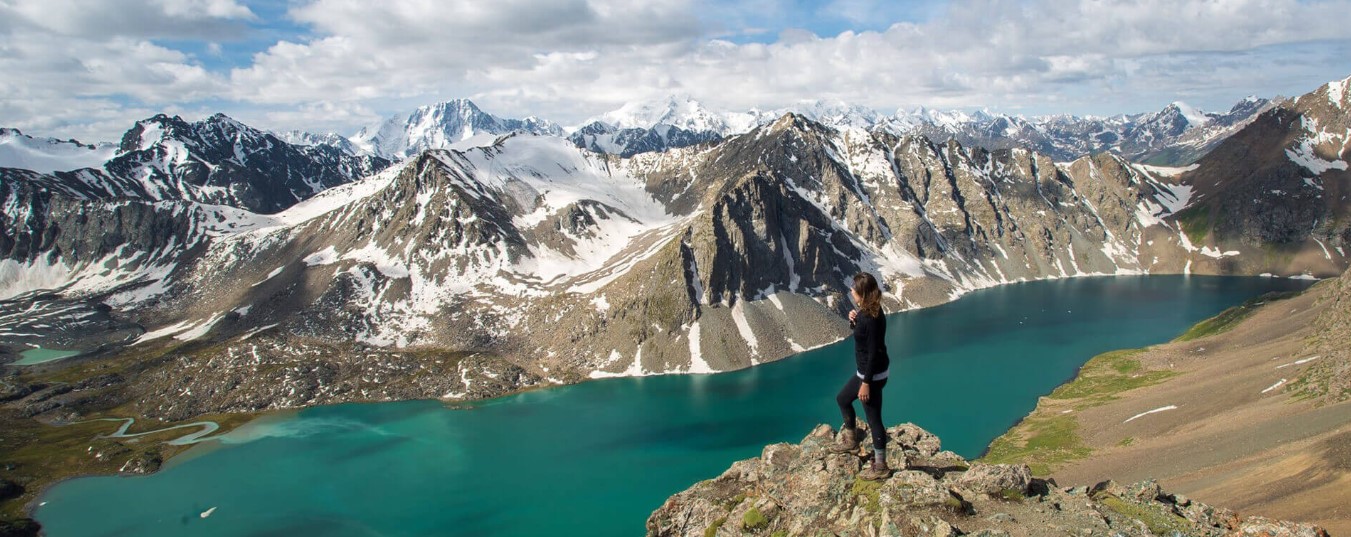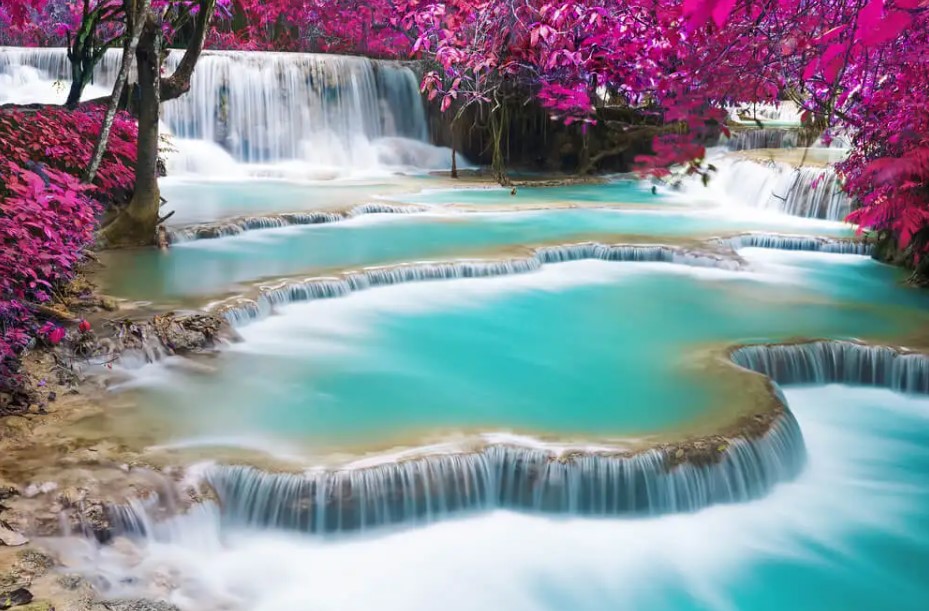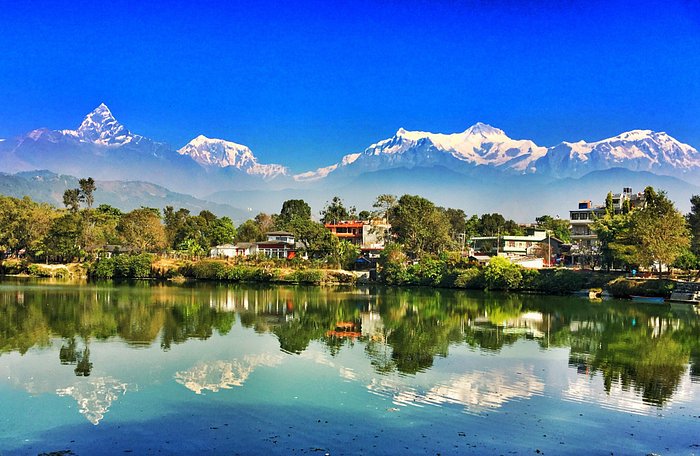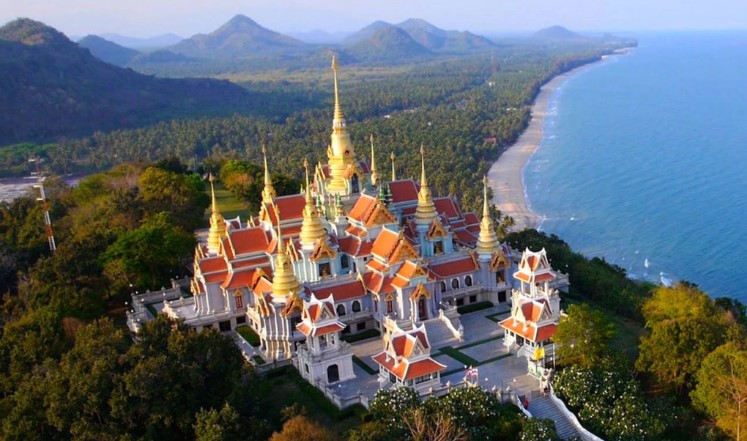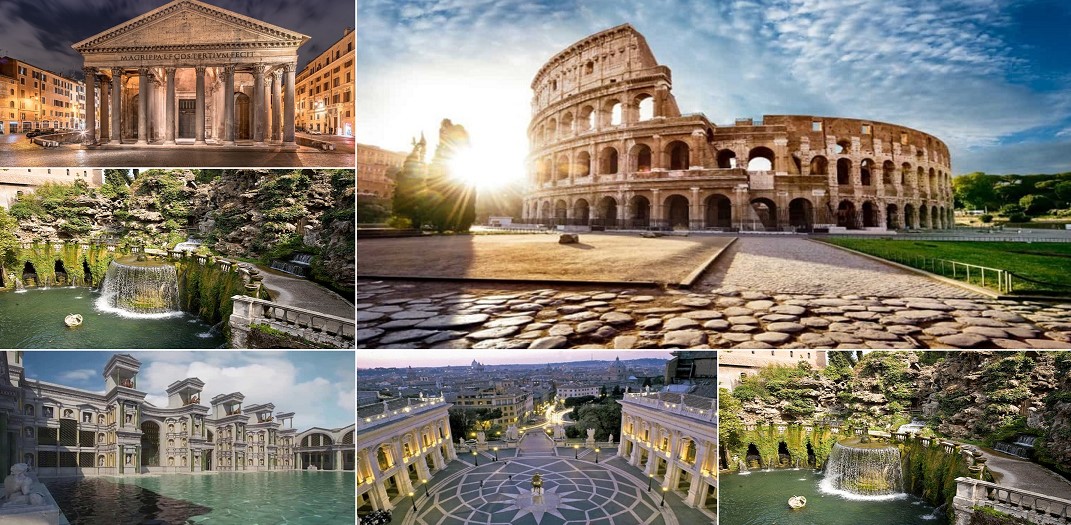Here are some of the top-rated tourist attractions in Afghanistan. This list of the best places to visit in Afghanistan will be a magical event during your visit. However, in this article, I discuss the 5 top-rated tourist attractions in Afghanistan. So, continue reading and discover these prettiest & top-rated tourist attractions in Afghanistan!
01. Band-e-Amir National Park
Band-e Amir National Park Afghanistan established its first national park on April 22, 2009 to promote and protect the natural beauty of a series of intense blue lakes formed by high natural dams in the Hindu Kush. Band-e-Amir is a chain of six lakes in the mountainous desert of central Afghanistan.
The lakes were formed from mineral-rich water that seeped out of faults and cracks in the rocky landscape. Over time, the hard mineral layers deposited in the water formed the walls that now contain the water.
According to the Wildlife Conservation Society, which helped the Afghan government establish the park, Band-e-Amir is one of the few travertine systems in the world.
They were formed by carbon dioxide-rich water faults and fractures that deposited calcium carbonate sediments in the form of travertine walls that store the lake's water today.
Band-e Amir is one of the few natural lakes in the world formed by travertine systems. The site of Band-e Amir has been described as the Grand Canyon of Afghanistan and attracts thousands of tourists annually. The river is part of the Balkh river system.
02. Buddha of Bamyan
The Buddhas of Bamiyan were two 6th-century monumental statues carved into the side of a mountain in the Bamiyan Valley in the Hazarajat region of central Afghanistan, 130 km northwest of Kabul, at an altitude of 2,500 meters.
Carbon dating of the structural elements of the Buddhas determined that the smaller 38 m "East Buddha" was built around 570 CE, and the larger 55 m "West Buddha" was built around 618 CE, which would both be when the Hephthalites ruled the region. The figurines represent a further evolution of the classic mixed style of ancient Afghan art.
Residents of the present area, who follow Islam and speak the Dari Persian Hazaragi dialect, call the larger figure Salsal and identify it as male. The abbreviated idol is called Shamama which identifies it as a female idol. Technically both were in relief, because on their backs they merged with the steep wall.
The main bodies were cut directly from the sandstone cliffs, but the details were made of mud mixed with straw, coated with stucco.
03. Babur Garden
Babur's Garden is a historical park in Kabul, Afghanistan and houses the tomb of Babur, the first Mughal emperor. The garden is believed to have developed around 1528, when Babur ordered the construction of an "Avenue Garden" in Kabul, described in some detail in his memoirs, the Baburnama.
It was the tradition of Mughal princes to create places for recreation and pleasure during their lifetime and choose one of these as their final resting place. The place was significant to Babur's successors; Jahangir made a pilgrimage to the site in 1607, when he ordered that all the gardens of Kabul be walled, a prayer platform be erected in front of Babur's grave, and a carved titular placed at its head.
During the visit of Mughal Emperor Shah Jahan in 1638, a marble screen was built around Babur's tomb and a mosque was built on the roof below. A stone water channel from the time of Shah Jahan's visit to the site in 1638 that ran from the terrace below the mosque to a path of trees, with pools at regular intervals.
04. Minaret of Jam
Minaret of Jam is a UNESCO World Heritage Site in western Afghanistan. It is located in a remote and almost inaccessible area of Shahrak district of Ghor province along the river Hari. The 62 m or 65 m high minaret was built entirely of baked brick around 1190 and is famous for its intricate brick, stucco and glazed tile decoration, consisting of alternating bands of Kufic and Naskhi calligraphy, geometric patterns and verses from the Quran.
A. Since 2002, the minaret has been listed as a World Heritage Site under serious threat of decay and has not been actively conserved. In 2014, the BBC reported that the tower was in imminent danger of collapse.
In 2020, the Minaret of Jam was listed as a Cultural Heritage Site of the Islamic World by the Islamic World Educational, Scientific and Cultural Organization. According to Afghanistan's Ministry of Foreign Affairs, Jamer Minaret is Afghanistan's first cultural heritage site listed by ICESCO.
05. National Museum of Afghanistan
The National Museum of Afghanistan, also known as the Kabul Museum, is a two-story building located 9 km southwest of the center of Kabul, Afghanistan. As of 2014, the museum is undergoing major expansion to international standards, with a large adjoining garden for visitors to relax and roam around.
The museum was once considered one of the best in the world. The museum's collection was previously one of the most important in Central Asia, with over 100,000 items spanning several millennia, including items from the Persian, Buddhist and Islamic dynasties.
With the outbreak of civil war in 1992, the museum was looted numerous times and destroyed by rockets, causing 70% of the 100,000 objects on display to be damaged. Since 2007, several international organizations have helped restore more than 8,000 artifacts, the most recent being a limestone sculpture from Germany. In 2012 the United Kingdom returned some 843 artifacts, including the famous 1st century Begram ivory.


















